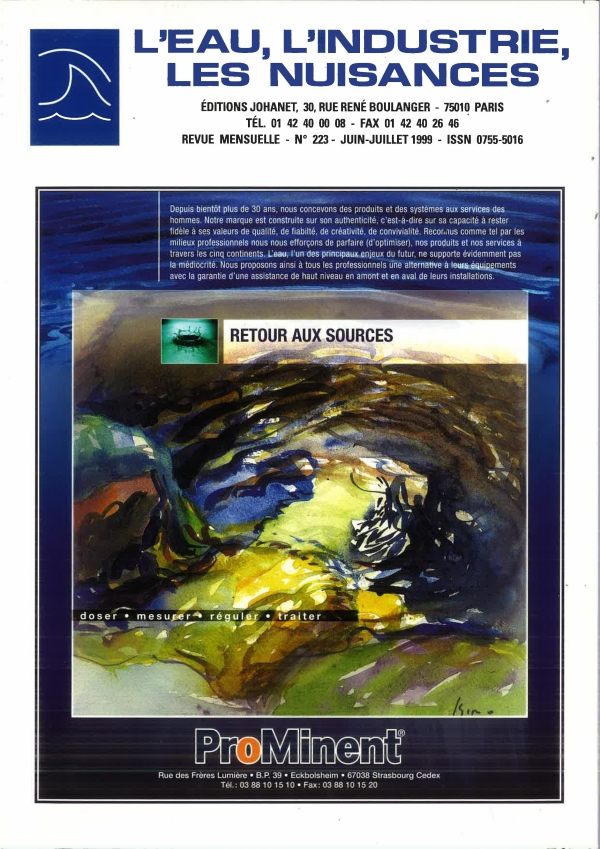Since the European Union came into existence, over twenty directives in the field of water have seen the light of day. Two of these, and a third which is currently in preparation, have had a particular impact during the past decade, changing the European landscape in terms of wastewater and drinking water....



